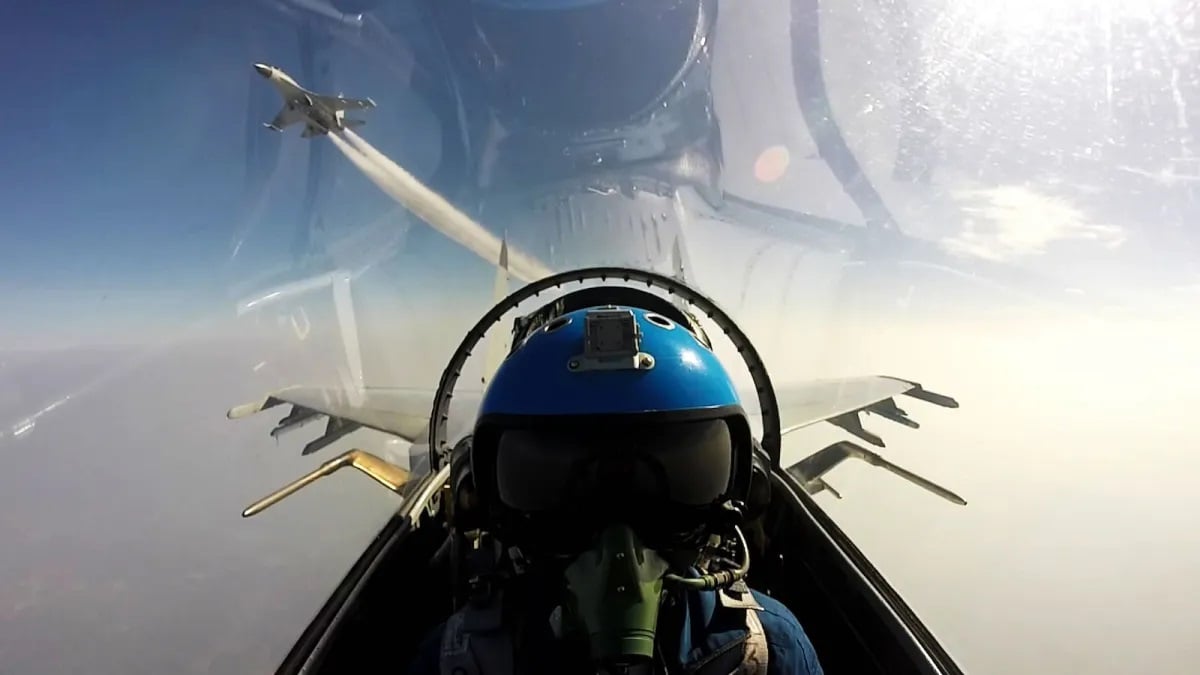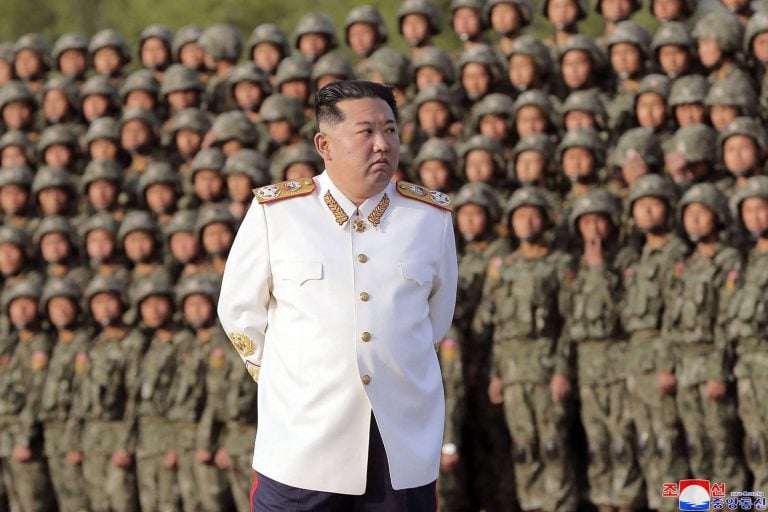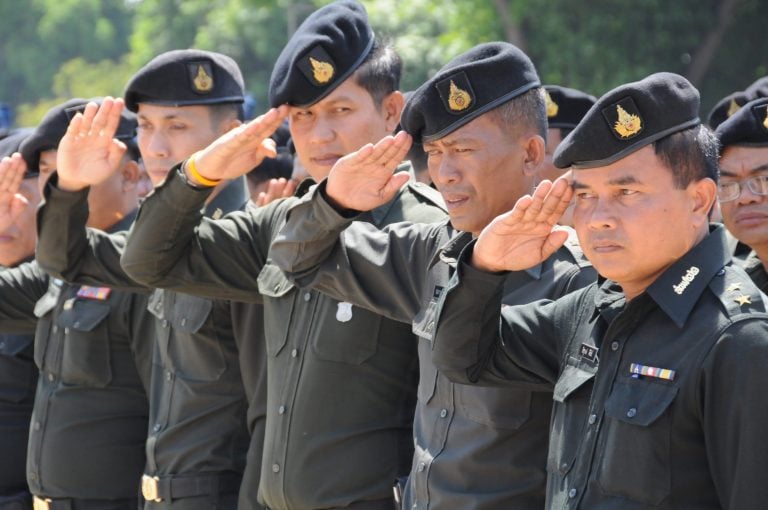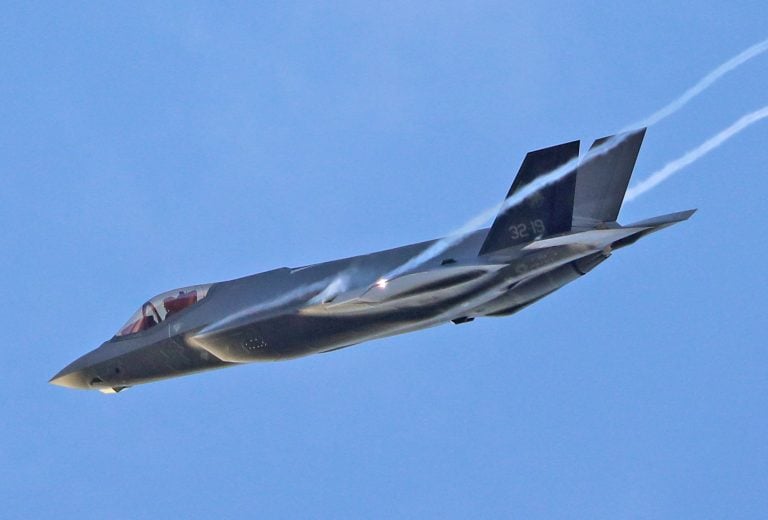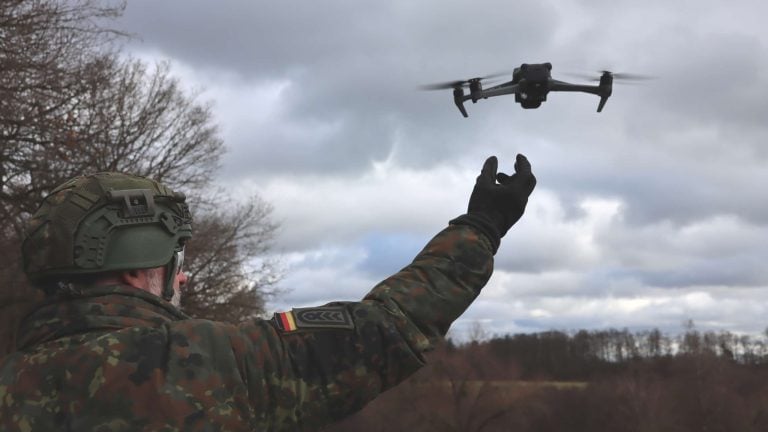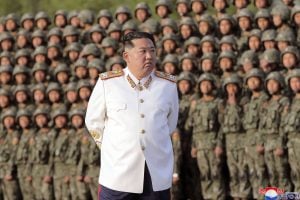China has begun leveraging the artificial intelligence (AI) platform DeepSeek to advance its military aircraft design initiatives, as reported by the South China Morning Post. Developed by a Chinese startup, DeepSeek offers a cost-effective alternative to technologies provided by U.S. competitors in the aerospace sector.
Wang Yongqing, the lead designer at the Shenyang Aircraft Design Institute, which is part of the state-owned Aviation Industry Corporation of China, commented on the technology’s promising potential to introduce innovative ideas and approaches in aerospace research and development. The institute specializes in the design and development of advanced fighter jets, including models like the J-15 and J-35. By utilizing AI, the institute aims to streamline routine tasks, thereby allowing developers to concentrate on critical aspects of aircraft design.
The enhancement of fighter jet capabilities marks a significant milestone in China’s defense strategy. Recently, China reportedly conducted the maiden flight of a sixth-generation fighter aircraft, a crucial development aimed at challenging the United States’ superiority in air combat technologies. While specific specifications of this aircraft remain undisclosed, its double-delta wing design implies an optimization for supersonic speeds, complemented by advanced stealth features to improve radar evasion.
In a broader context, Beijing is rapidly integrating DeepSeek across various sectors beyond military aviation. The AI platform’s extensive language models are being utilized in military healthcare to aid doctors in formulating treatment plans, provide psychological counseling for soldiers, and enhance physical training programs for troops.
Looking ahead, the potential applications of AI in defense settings are vast. Expected advancements may include the integration of AI to bolster combat performance, enhance the efficiency of drone swarm tactics, improve the realism of pilot training scenarios, and facilitate superior decision-making on the battlefield, all of which signify a strategic investment in the future of Chinese military capabilities.
